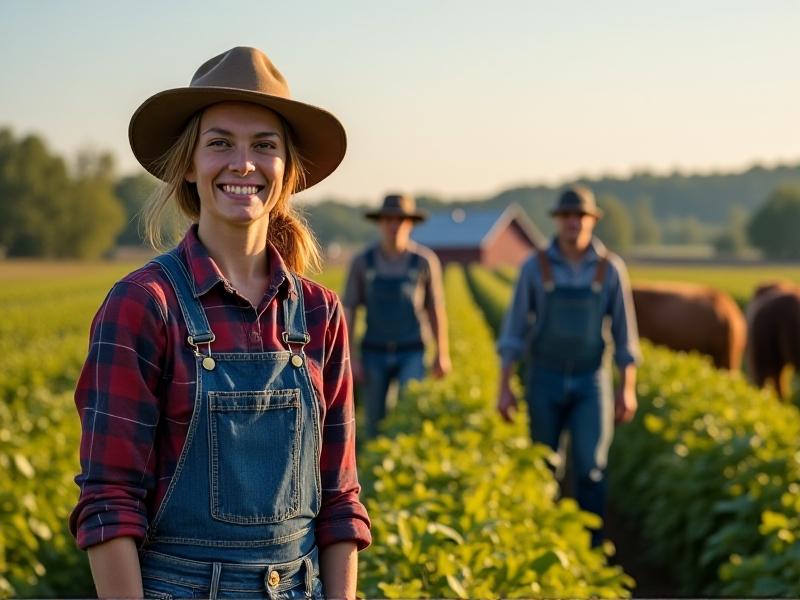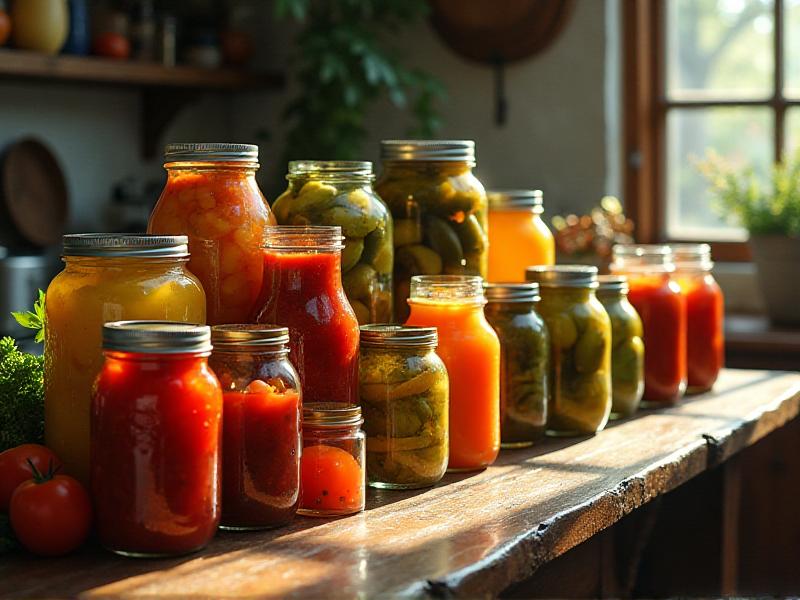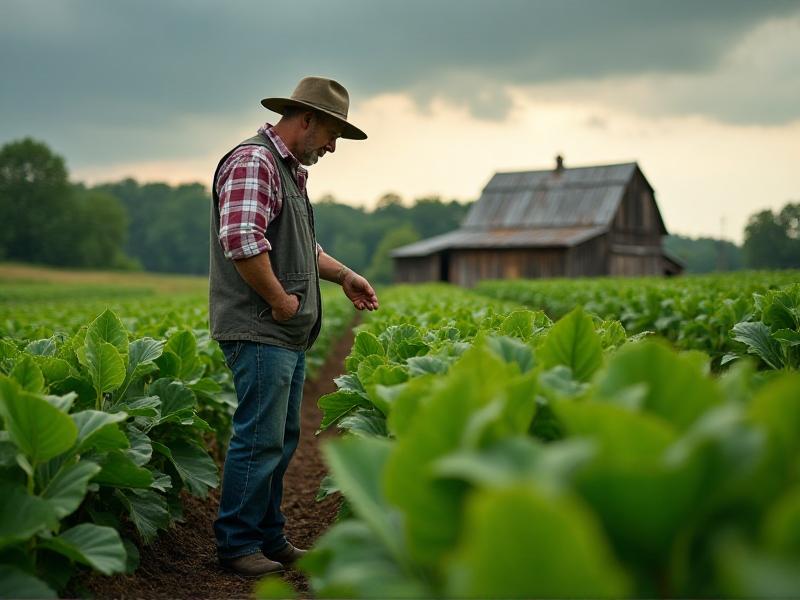Co-Packing Agreements with Local Farms
Understanding Co-Packing Agreements
Co-packing agreements are collaborative arrangements where a brand partners with a local farm or facility to produce, package, and distribute their products. These agreements are particularly popular in the food and beverage industry, where brands may lack the infrastructure or expertise to handle large-scale production. By leveraging the resources and capabilities of local farms, brands can focus on marketing and sales while ensuring high-quality production.
These agreements often involve detailed contracts outlining responsibilities, quality standards, and pricing. They provide a win-win situation: brands can scale their operations without significant capital investment, and farms can diversify their revenue streams by offering co-packing services. For example, a small organic juice brand might partner with a local orchard to produce and bottle its products, ensuring freshness and sustainability.
Co-packing agreements also foster community connections and support local economies. By working with nearby farms, brands can reduce transportation costs and carbon footprints, aligning with consumer preferences for environmentally friendly practices. This collaboration can also enhance a brand’s story, as consumers increasingly value transparency and ethical sourcing.

Benefits of Partnering with Local Farms
Partnering with local farms through co-packing agreements offers numerous advantages for brands. One of the most significant benefits is access to fresh, high-quality ingredients. Local farms often prioritize sustainable and organic practices, ensuring that the final product meets consumer demands for health and environmental consciousness. This can enhance a brand’s reputation and appeal to niche markets.
Another advantage is cost efficiency. By outsourcing production to local farms, brands can avoid the high capital expenditures associated with building and maintaining their own facilities. This allows them to allocate resources toward marketing, product development, and other growth initiatives. Additionally, local partnerships can reduce transportation costs and lead times, resulting in fresher products and lower expenses.
Collaborating with local farms also strengthens community ties and supports regional economies. Consumers are increasingly drawn to brands that demonstrate social responsibility and ethical practices. By highlighting their partnerships with local farms, brands can build trust and loyalty among their customer base. This narrative can be a powerful marketing tool, differentiating the brand in a competitive market.

Key Elements of a Successful Co-Packing Agreement
A successful co-packing agreement requires careful planning and clear communication. The first step is to define the scope of the partnership, including the specific products to be produced, packaging requirements, and production timelines. Both parties must align on quality standards and ensure that the farm has the necessary equipment and expertise to meet these expectations.
Legal considerations are also critical. The agreement should outline responsibilities, pricing, payment terms, and liability provisions. It’s essential to address potential risks, such as production delays or quality issues, and establish protocols for resolving disputes. Engaging legal counsel can help ensure that the contract is comprehensive and protects both parties’ interests.
Ongoing communication and collaboration are vital for maintaining a successful partnership. Regular check-ins and site visits can help address any challenges and ensure that both parties are aligned. Building a strong relationship based on trust and mutual respect can lead to long-term success and potential opportunities for expanding the partnership.

Challenges and How to Overcome Them
While co-packing agreements offer many benefits, they also come with challenges. One common issue is maintaining consistent quality standards. Farms may have varying levels of expertise or resources, which can impact the final product. To address this, brands should conduct thorough due diligence before entering into an agreement and provide clear guidelines and training if necessary.
Another challenge is managing production timelines. Farms may face unpredictable factors, such as weather or crop yields, that can delay production. To mitigate this, brands should build flexibility into their schedules and maintain open lines of communication with their partners. Having contingency plans, such as alternative suppliers, can also help ensure continuity.
Finally, financial considerations can pose challenges. Pricing negotiations must account for the farm’s costs and the brand’s budget, and payment terms should be fair and transparent. Establishing a mutually beneficial financial arrangement is key to sustaining the partnership. By addressing these challenges proactively, brands can maximize the potential of their co-packing agreements.
Case Studies: Successful Co-Packing Partnerships
Examining real-world examples can provide valuable insights into the potential of co-packing agreements. One notable case is a partnership between a small-batch hot sauce brand and a family-owned pepper farm. The brand leveraged the farm’s expertise in growing high-quality peppers, ensuring a unique and flavorful product. The collaboration allowed the brand to scale its production while maintaining its artisanal appeal.
Another example is a craft brewery that partnered with a local barley farm to produce its beer. The farm provided fresh, locally sourced barley, enhancing the beer’s flavor and aligning with the brewery’s commitment to sustainability. The partnership also helped the brewery reduce transportation costs and build a strong narrative around its products.
These case studies demonstrate the diverse opportunities that co-packing agreements can offer. By partnering with local farms, brands can create high-quality products, support their communities, and differentiate themselves in the market. These success stories highlight the importance of finding the right partner and fostering a collaborative relationship.
Future Trends in Co-Packing with Local Farms
The future of co-packing agreements with local farms looks promising, driven by evolving consumer preferences and technological advancements. One emerging trend is the demand for transparency and traceability. Consumers want to know where their food comes from and how it’s produced. Co-packing partnerships can meet this demand by providing detailed information about sourcing and production processes.
Sustainability will continue to be a key focus. Brands and farms are increasingly adopting eco-friendly practices, such as reducing waste and using renewable energy. Co-packing agreements can play a significant role in promoting sustainability by minimizing transportation and supporting local agriculture. This aligns with the growing consumer preference for environmentally responsible products.
Technological innovations, such as automation and data analytics, are also shaping the future of co-packing. These tools can improve efficiency, quality control, and communication between partners. As the industry evolves, co-packing agreements will likely become more sophisticated, offering new opportunities for brands and farms to collaborate and innovate.







